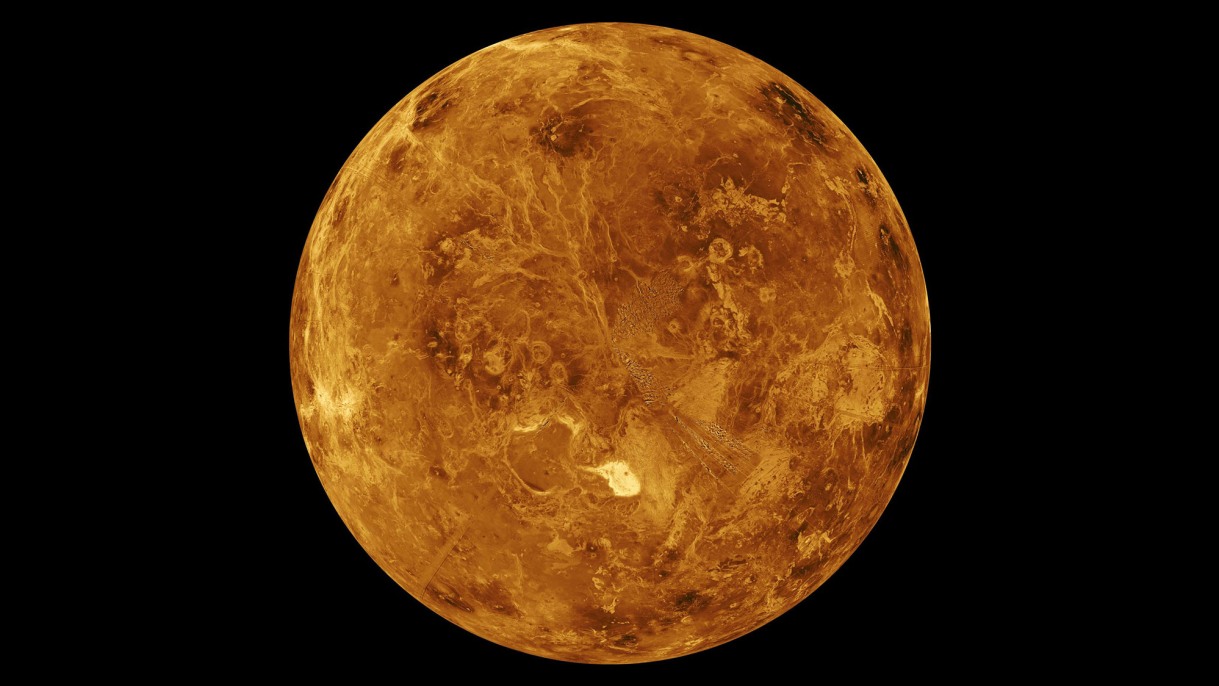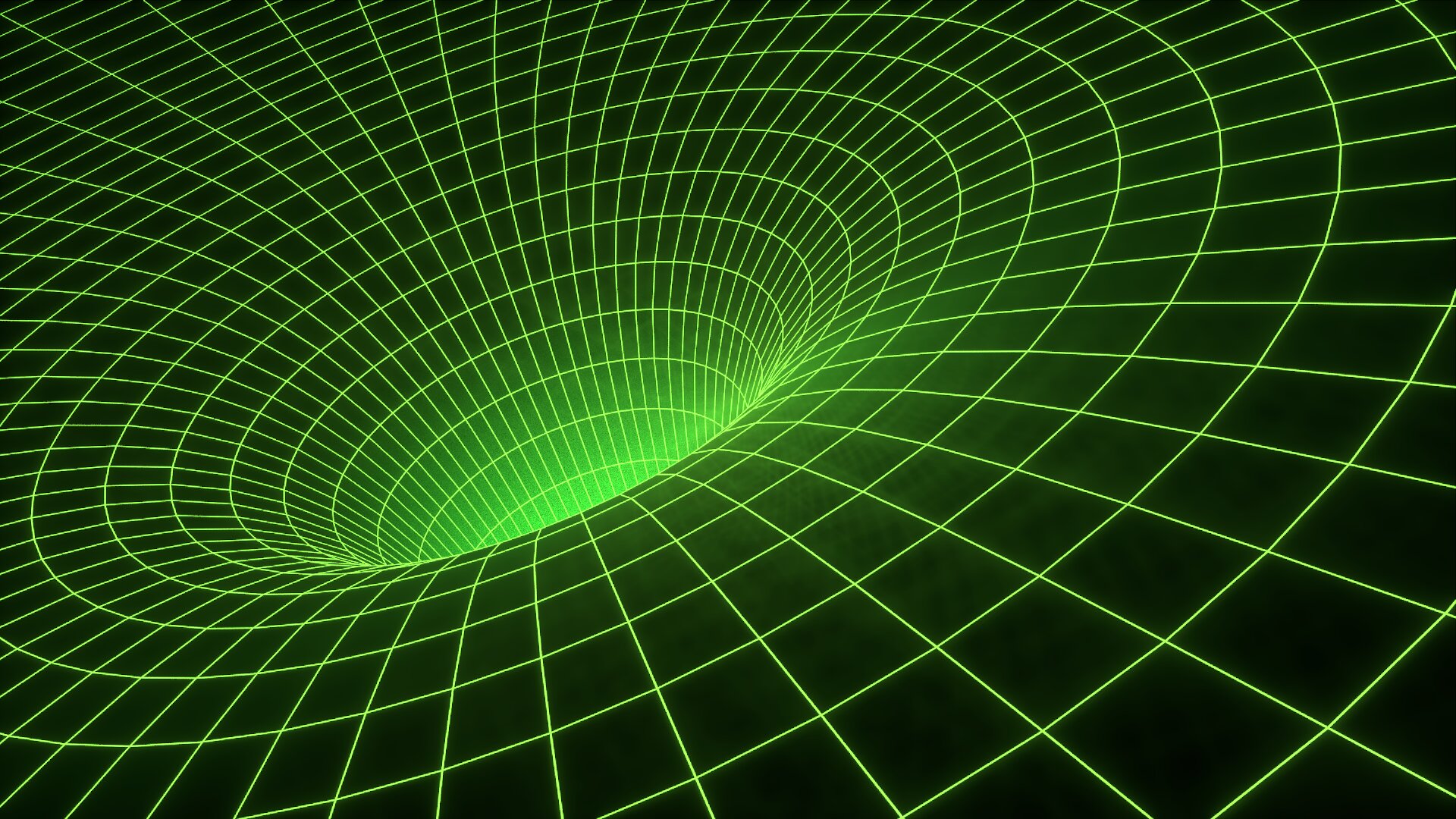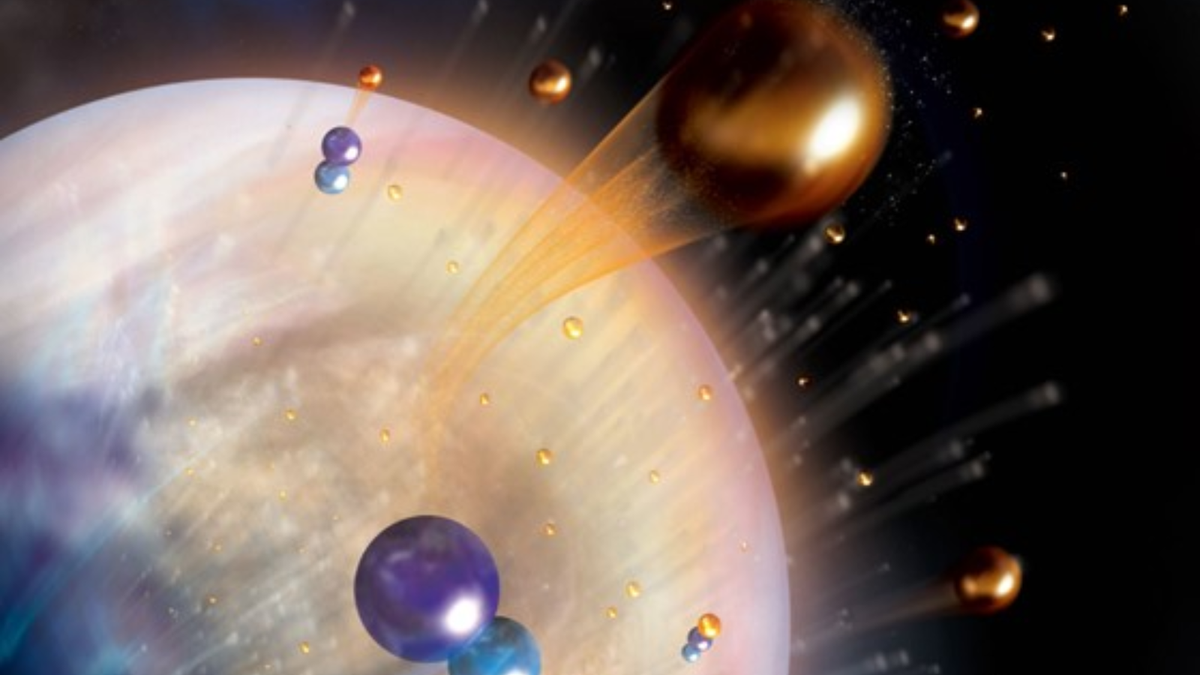exchemist
Valued Senior Member
Thanks, and yes it is interesting, though it throws up more questions in my mind than answers.More on this subject that you might find interesting.

Venus had Earth-like plate tectonics billions of years ago, study suggests
Simulations produced by a Brown-led research team offer evidence that Venus once had plate tectonics — a finding that opens the door for the possibility of early life on the planet and insights into its history.www.brown.edu
The article seems to assert a connnection between Venus's dense and hot atmosphere and the lack of plate tectonics. It reads for the most part as if the former (atmospheric composition) is a consequence of the latter. However it also seems to suggest the reverse, that the atmosphere affects the presence or absence of plate tectonics. But either way, there is no explanation of the linkages.
Racking my brains about this, I think I have read that water plays a surprisingly big role in plate tectonics on Earth. Subducted water from the oceans produces a wide range of hydrated minerals, many of which are mechanically weaker than their anhydrous relatives. This helps the asthenosphere (mantle) to deform plastically over time, which is what is needed to have the convective cells that drive plate tectonics at the surface. Water also is driven off where temperatures are high and pressures relatively low, which is part of what generates volcanism above descending subducted slabs - a form of vulcanism absent on Venus, apparently. [Sorry, volcanism - my age is showing]
I'm wondering if what your linked article is taking as read is some argument that, if the surface of Venus is too hot for water molecules to have been retained in its atmosphere, there may no longer be enough water to keep the mantle supple enough to support convection. Or something like that. But I am only speculating.





